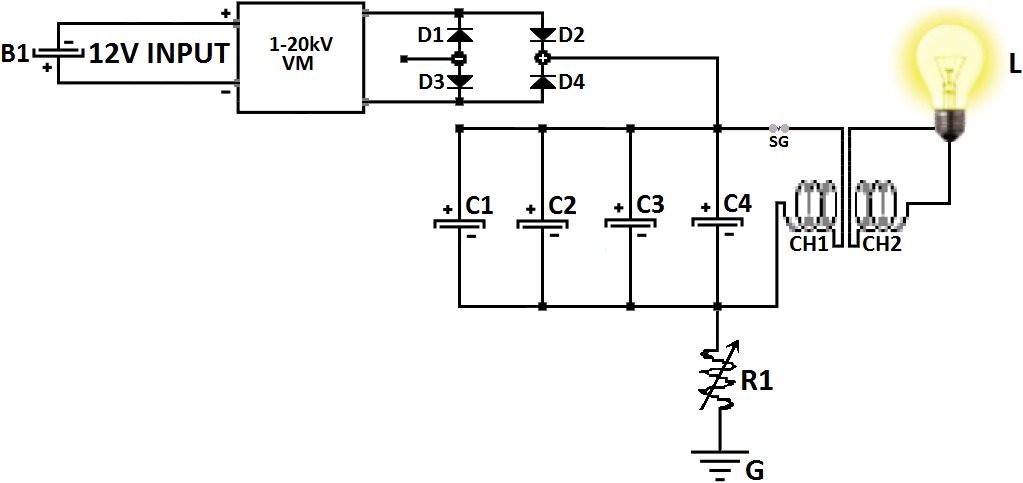............
you know it's possible for a separated plate to conduct the electricity the question now is how the capacitor charged ?
how for a separated plates to carry electrical charge? there's a process let the capacitor to duplicate the electrical charges from one plate to another .. this process is caused by the induced electric field and not the magnetic field... Maxwell noticed the presence of magnetic field in the periphery of the capacitor under AC current and he gave us his famous displacement current equation to solve the problem of Ampere law since the circuit is open ...
i have a new theory about displacement current the new concept to show it's the induced electric field which cause the capacitor to charge itself under AC mode... here you are the video :
https://youtu.be/PyyTv2r1xlY
physically the solution is pretty simple because the induced electric field find itself in a critical situation because it can't circulate inside a conducting plate, any conductor will produce a reversed electric field cancel the first main field that try to penetrate inside it but the situation in the rotating closed loop electric field is relatively complex...
this field have to circulate in a closed loop but with the presence of conducting plates it will change this to form two closed loop instead of one, the two closed loop are connected together ... to understand this please see this small video about Quantum Entanglement & Spooky Action at a Distance :
https://youtu.be/ZuvK-od647c
the capacitor use the ability of electrons to spin up or down to charge each side with an opposite charge compared the other side and this what allow this simple device to carry electrical charges in AC current, each side can see the situation of other side and transmit this hidden information faster than light ... and this is the real complexity ...
the shape of induced electrical field in a capacitor is complicated also, my theory about the new displacement current isn't complete... but i can see it as a good physical replacement of the old displacement current theory.
there's other information can be given .....
you know it's possible for a separated plate to conduct the electricity the question now is how the capacitor charged ?
how for a separated plates to carry electrical charge? there's a process let the capacitor to duplicate the electrical charges from one plate to another .. this process is caused by the induced electric field and not the magnetic field... Maxwell noticed the presence of magnetic field in the periphery of the capacitor under AC current and he gave us his famous displacement current equation to solve the problem of Ampere law since the circuit is open ...
i have a new theory about displacement current the new concept to show it's the induced electric field which cause the capacitor to charge itself under AC mode... here you are the video :
https://youtu.be/PyyTv2r1xlY
physically the solution is pretty simple because the induced electric field find itself in a critical situation because it can't circulate inside a conducting plate, any conductor will produce a reversed electric field cancel the first main field that try to penetrate inside it but the situation in the rotating closed loop electric field is relatively complex...
this field have to circulate in a closed loop but with the presence of conducting plates it will change this to form two closed loop instead of one, the two closed loop are connected together ... to understand this please see this small video about Quantum Entanglement & Spooky Action at a Distance :
https://youtu.be/ZuvK-od647c
the capacitor use the ability of electrons to spin up or down to charge each side with an opposite charge compared the other side and this what allow this simple device to carry electrical charges in AC current, each side can see the situation of other side and transmit this hidden information faster than light ... and this is the real complexity ...
the shape of induced electrical field in a capacitor is complicated also, my theory about the new displacement current isn't complete... but i can see it as a good physical replacement of the old displacement current theory.
there's other information can be given .....





Comment